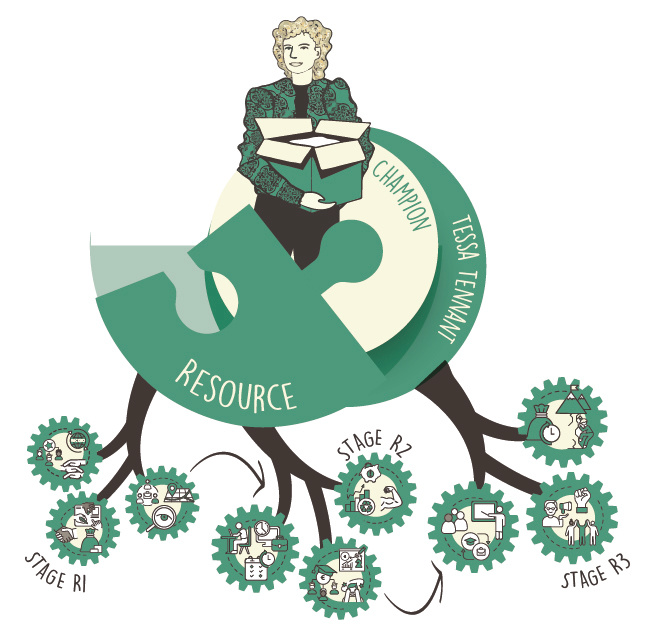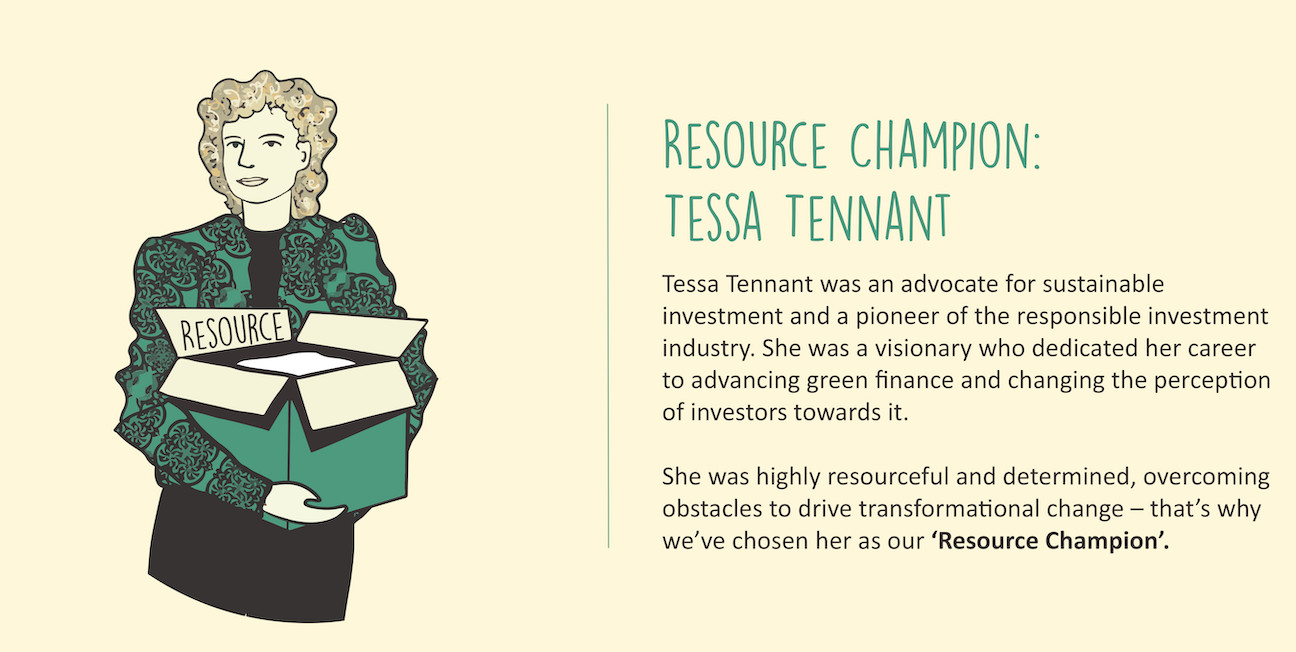

Resource
Investment in a partnership approach can leverage significant added value and additional resources. By developing this capability, you can achieve economies of scale, avoid duplication of effort and benefit from diverse skills and expertise. You can also build a strong case for securing new resources to build partnership working and deliver joint adaptation projects.
Key aspects include:
- People
The partnership should include people from diverse backgrounds, including under-represented groups and put steps in place to ensure they are valued and can contribute actively. You will need people who can support, lead and co-ordinate activities and also people who can provide specific knowledge such as local knowledge, risk assessment, data and analytics or funding and finance expertise.
- Assets and Communication Resources
Sharing assets such as data, technology and communication resources will enable the partnership to go further, faster. Where appropriate, large scale adaptation projects or assets such as hazard warning systems, blue and green infrastructure or coastal adaptation measures can be jointly owned, managed or developed.
- Funding
Setting up, leading, and coordinating partnerships requires significant time and effort. Some partnerships are run by volunteers who give significant amounts of time. In many cases funding will be required to pay for staff time, and partners will need to make a strong case for funding co-ordination of the partnership. Many adaptation partnerships have a remit to deliver specific projects and initiatives and need to identify funding sources and develop funding models that draw in public, private and third sector finance.

